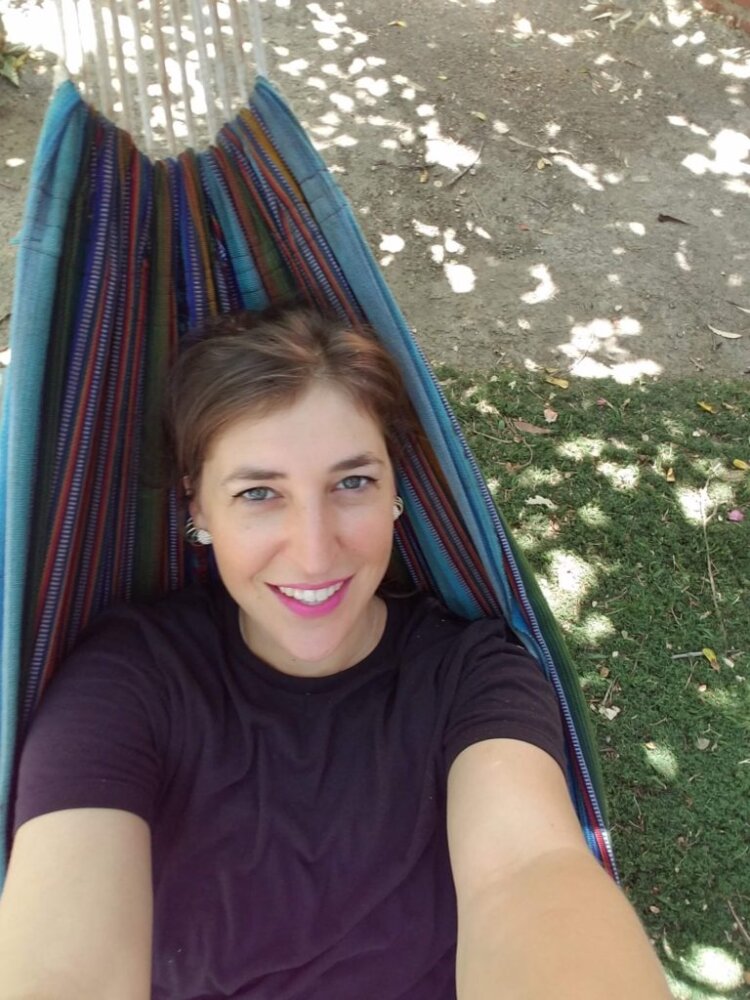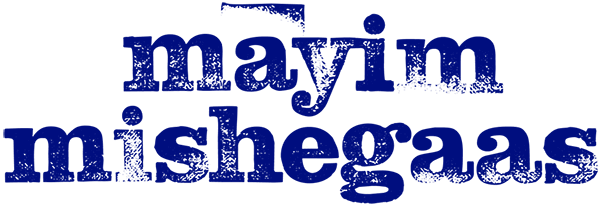
I am not a person who relaxes easily. I am a pretty high-strung person. I’m an “A” personality: I think a lot, and I think very quickly and my brain jumps around from thing to thing all the time. I have a lot on my mind, and I have a lot of things I am always trying to get done in a day, so relaxation does not come easily to me. I’ve had to learn it as a practice as an adult, really, since for most of my life, I have sort of operated without relaxation as my friend.
A lot of things people tell you to do to relax involves spending money and while I am not opposed to spending money, I’ve found that paying for things – which tends to cause me anxiety in general since I am a very frugal person – isn’t relaxing. And since today is National Relaxation Day, I wanted to share one of my favorite things I do to relax, which I’ve made more of a regular practice this past year. It involves no money, and you don’t even have to leave your house to do it: It’s called meditation.
For thousands of years, various religions and cultures have practiced meditation with tremendous results that, science is now confirming, are real. Meditation lowers your blood pressure, it calms your mind and it promotes healthy healing and body function. Meditating has lowered my baseline anxiety significantly, and it has taught me patience and the power of breath which are useful throughout my day and life, even when I am not meditating.
There are many terrific books on meditation and I use a free app called Insight Timer to listen to guided meditations right on my phone. This post is just my bare bones attempt to share with you the breathing and meditation practices I most frequently turn to, but by all means explore what works for you best.
Basic Sitting Meditation
A basic sitting meditation practice starts like this: sit in a chair with a straight back. You want to be comfortable, and there shouldn’t be any strain on your back or neck. (You can also lie down to meditate, but the key is to not fall asleep while meditating, and when I lie down, I tend to want to go right to sleep!) Close your eyes gently and become aware of your breath. Breathe slowly and deeply and try to just focus on being aware of your breath. It’s totally normal to have other thoughts come into your head, like what’s for dinner or how cute the carpenter working on your house looked today; trust me: it’s hard not to think about other things when you meditate! The main goal is to not feel bad about your mind wandering. Just let the thoughts pass on by without beating yourself up over not being able to focus. The goal is to not have as many thoughts come and for them to stay not very long. Keep in mind that people practice their whole lives to perfect this and monks in some religions literally spend their entire lives mastering meditation; it’s not easy! Just like you have to build up a muscle when you want to learn a new sport or lift weights, meditation takes practice and the use of your most powerful ‘muscle’ in your body: your brain!
Just sitting and trying not to let your mind wander is a great exercise, but it’s not the only way to meditate and focus your breath and your thoughts. Here are some more detailed breath-focused meditations I like to do which are a bit more ‘active’ but still count as meditation. For all of these, you’ll start as you did in the exercise I just described: sitting in a chair or lying on your back and focusing on quieting your mind for a good few minutes before starting the following exercises.
Locating the Breath
Concentrate on where you feel the breath as you breathe. Focus on the breath starting in your belly at first, and feel your belly expanding as it takes in air like a big balloon would. When you inhale through your nose, feel how the air tickles the outside of your nostrils. Exhale through your mouth slowly and feel the air as it moves past your lips. Keep doing that, taking slow and deep breaths. The goal is to be still with the breath and not force it at all.
- In-and-Out Breathing- Try counting breaths and try to let the number of the breath be the only thing in your head. Here’s how you do it: breathe in and think “in 1” and then when you breathe out, think, “out 1” and then take a second deep breath and think “in 2” and then exhale and think “out 2” and so on. How many breaths can you count without losing concentration? If you get distracted, don’t stress out! Just start again and try to get to a higher number.
- Timed Breaths- How long can you inhale and exhale? Slow your breathing down and take long deep breaths without feeling like you are holding anything in. Count how long it takes to take a full breath in and then count how long it takes to breathe it all out. Usually the exhale is longer than the inhale. Can you breathe in for five seconds and then out for seven? Can you slow your breath down even more so that you breathe in for six seconds and out for eight? You shouldn’t ever feel out of breath; the goal is to train your body to slow your breath down and to quiet your thoughts while you focus on the breath.
- Walking Meditation…What!!??- Yes, you can meditate while you walk! If you want to do a walking meditation, remember that you need to keep your eyes open for this meditation! Go somewhere where you can take about 10 steps in a straight line. It should be a quiet place like a hallway where people won’t be walking around, or in a yard or a park. Lift one leg and start to take a step very slowly; so slowly that you need to balance on the leg that’s supporting you while you move your foot as slowly as you can. It might feel funny at first, but the idea is to move with mindfulness and intention and to be very deliberate. When your foot hits the ground, think about the heel hitting the ground first, and then let your foot unfold onto the ground very slowly. Don’t rush into lifting the other foot right away, though. Feel how your body adjusts to having two feet on the ground rather than just one and then shift your body to the front foot so you can slowly begin to lift your back foot off of the ground. As you lift it, think about what it feels like to be aware of the back heel coming off of the ground first, followed by the rest of the foot peeling off the ground. Lift it slowly, once again balancing on the leg that’s supporting you. Return to the start and breathe and feel the stability of being on both feet again. Now it’s time to take your second step!
It may also help to think of these words as you do this meditation: LIFT (for while you slowly lift your back foot and move it into the forward position), PLACE (for when you place the foot down), SHIFT (for when your body weight shifts to the foot that’s now in front), LIFT (for when the foot that’s now in back comes up and PLACE (for when it comes down again in its new position).
Meditation is a wonderful way to learn about relaxing not only your body but your brain as well. However you spend Relaxation Day, I hope you will consider learning more about meditation for your physical and mental health and relaxation possibilities all year long.
Books I recommend on meditation and mindfulness:
Ready, Set, Breathe: Practicing Mindfulness with Your Children for Fewer Meltdowns and a More Peaceful Family: Written by my friend, writer Carla Naumburg, who helped me shift my life with the power of mindfulness and meditation.
Real Happiness: The Power of Meditation by Sharon Salzberg
Wherever You Go, There You Are by Jon Kabat-Zinn
You Are Here: Discovering the Magic of the Present Moment by Thich Nhat Hahn:




 Read More From Mayim
Read More From Mayim
Grok Nation Comment Policy
We welcome thoughtful, grokky comments—keep your negativity and spam to yourself. Please read our Comment Policy before commenting.